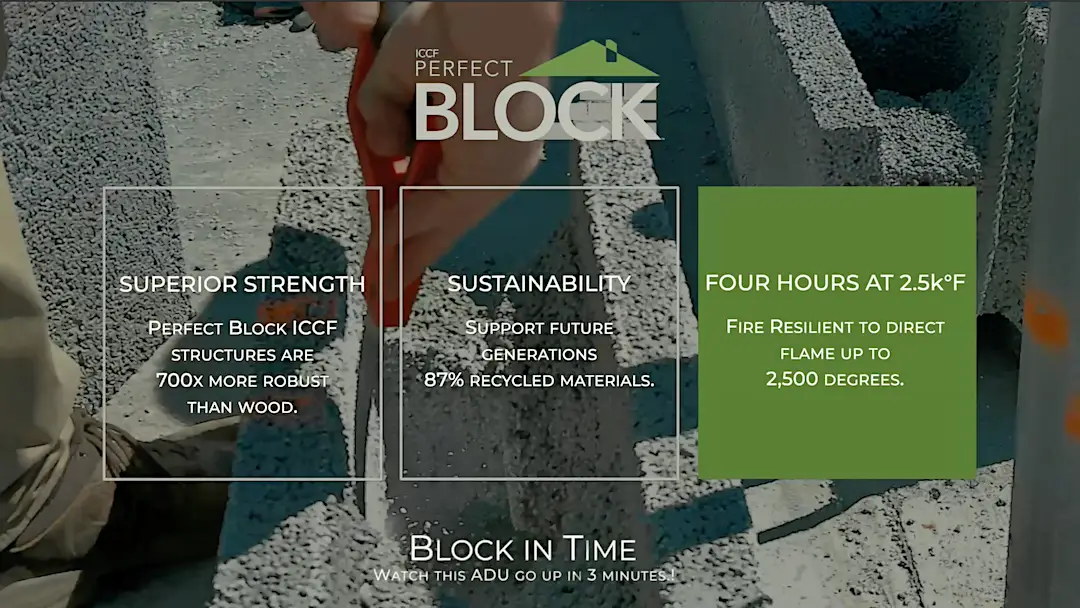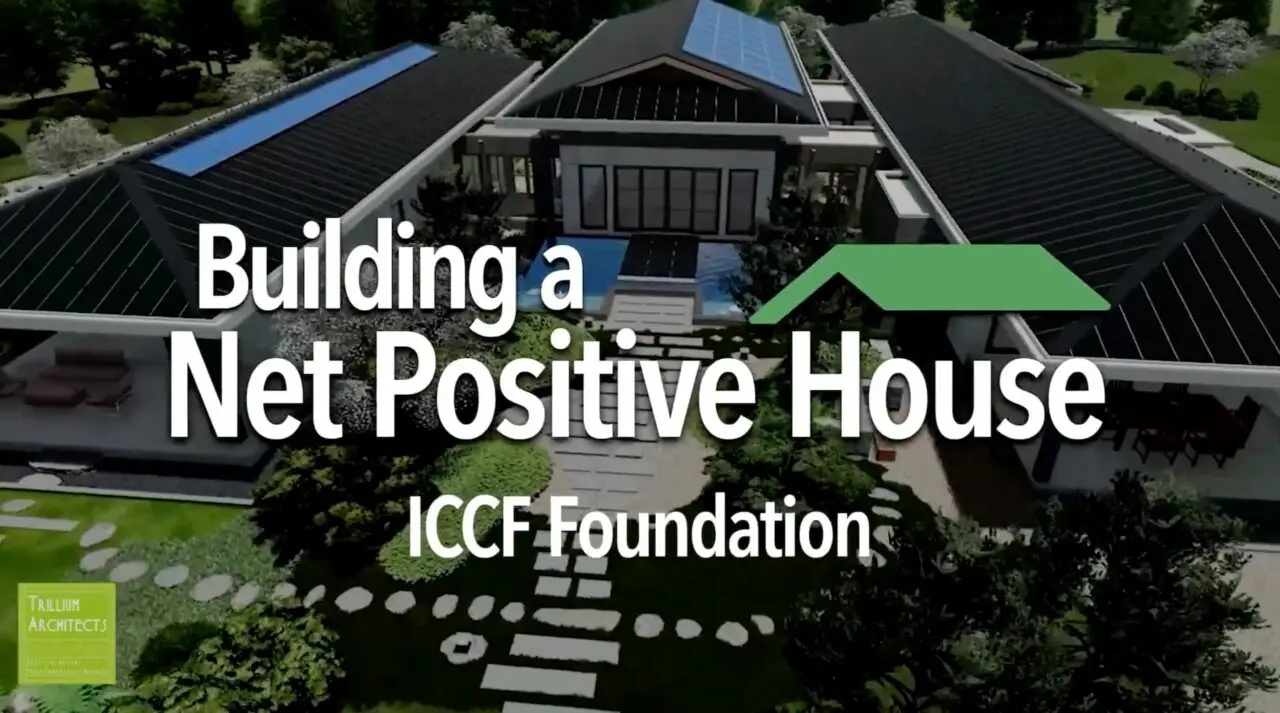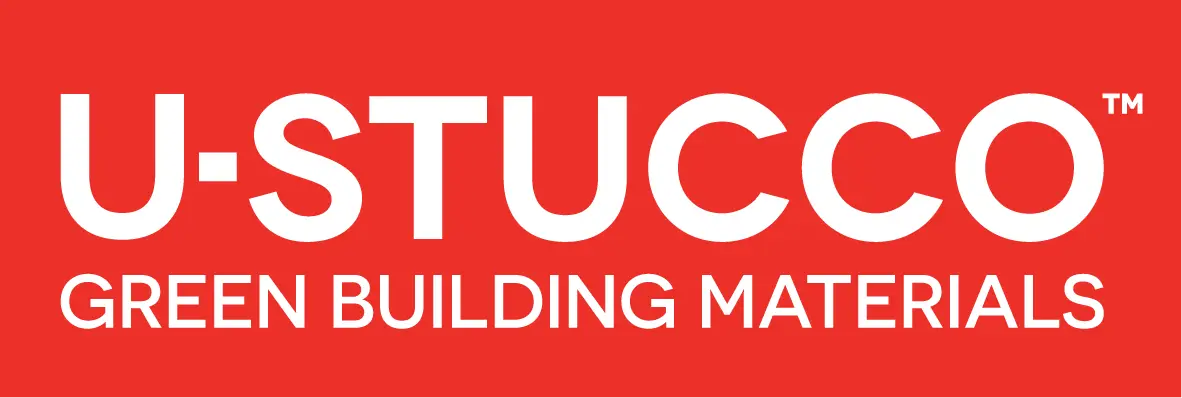
ADU Project Santa Rosa California
Time-lapse videos of construction projects are always fascinating! Seeing the transformation from start to finish in just a few minutes is amazing. ADUs (Accessory Dwelling Units) are becoming increasingly popular to solve housing shortages in many areas. They offer additional living space on existing properties, providing more affordable housing options and potentially increasing property values.
Using recycled EPS (Expanded Polystyrene) as the primary material for the ADU is a great example of sustainable construction practices. By repurposing materials that might otherwise end up in landfills, you reduce waste and minimize the construction process’s environmental impact. Perfect Block ICCf is durable and offers excellent insulation properties, making it an ideal choice for building structures like ADUs.

In October 2021, Connecticut-based builder Ben Bogie of BPC Green Builders broke ground on a trailblazing project in the Hudson River Valley (climate zone 5). In collaboration with Trillium Architects, the 5000-sq.-ft house is Japanese pagoda–inspired and promises to be lesson-rich.
The overarching goal is to use building science-based best practices—products, techniques, and assemblies—to construct a high-performance, net-positive house. Keeping upfront carbon emissions to a minimum is a crucial objective.
To that end, the project minimizes virgin foam insulation, reduces concrete where feasible, is engineered to avoid the need for steel and optimizes materials made of recycled content.





